From the relationship-positive songs of Sonny & Cher, to newly discovered fossils of creatures that lived 500 million years ago, to the role of technology in the lives of 19th and 20th century Black New Yorkers — many of the stories from the Faculty of Arts & Science in 2022 were told through captivating images. Here are 11 of them, showcasing the achievements and experiences of students, faculty and other members of our community.
This year's photos:
Your favourite song lyrics reflect your relationship experience, for better or for worse
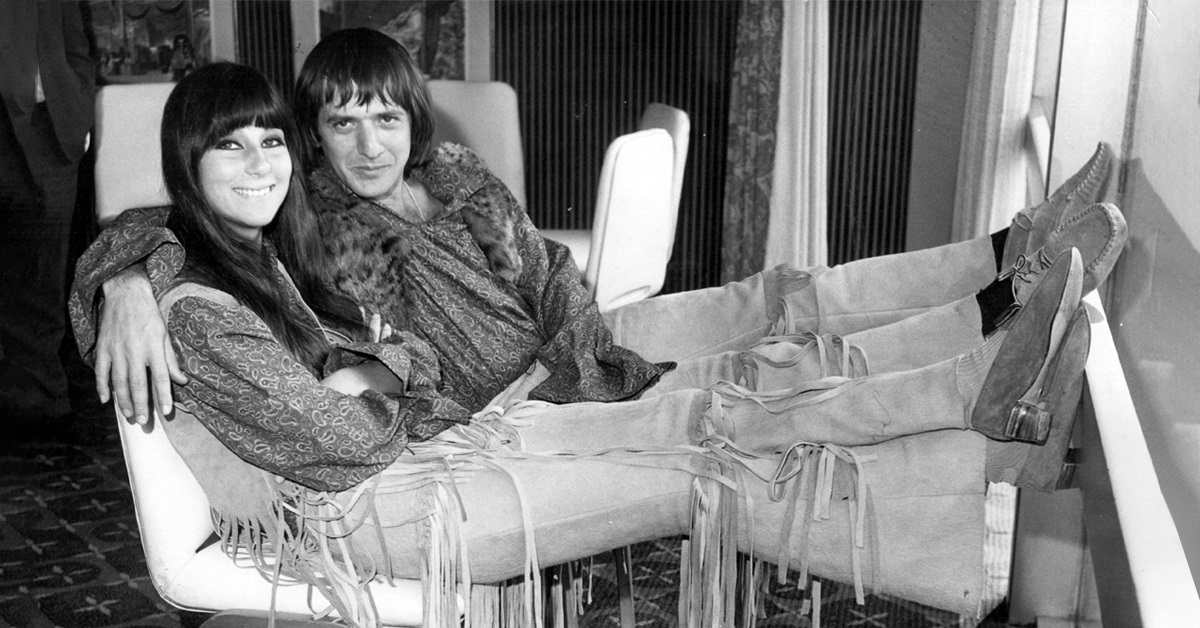
In a new study, researchers from the Department of Psychology found that the lyrics of people’s favourite songs — whether by Adele, The Weeknd or Sonny & Cher — may say something about how they navigate their romantic relationships.
Varsity Blues baseball All-Star Conall Helverson graduates with a degree and a championship ring

Despite a high school elbow injury that altered his university and Major League Baseball aspirations, Conall Helverson graduated from U of T in November with an academic and Varsity Blues record to be proud of — a grade point average of close to 4 and an Ontario University Athletics championship ring.
'The City Where Movies Are Made’: Course focuses its lens on Toronto
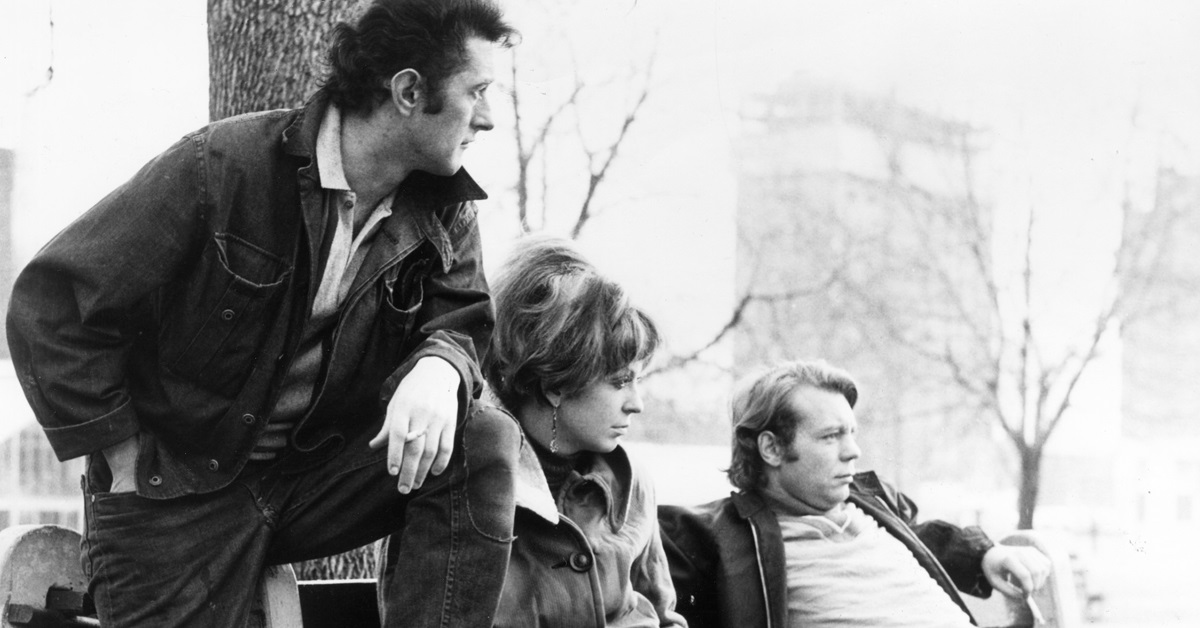
Toronto is often disguised as a major American city in film, so the list of movies that portray the city as itself isn’t a long one. Nevertheless, in Adam Nayman’s popular cinema studies course at Innis College, The City Where Movies Are Made, students discover the fascinating “intersection between the city’s real and reel histories.”
PhD candidate Alejandro Izquierdo-López is helping uncover the history of life on Earth
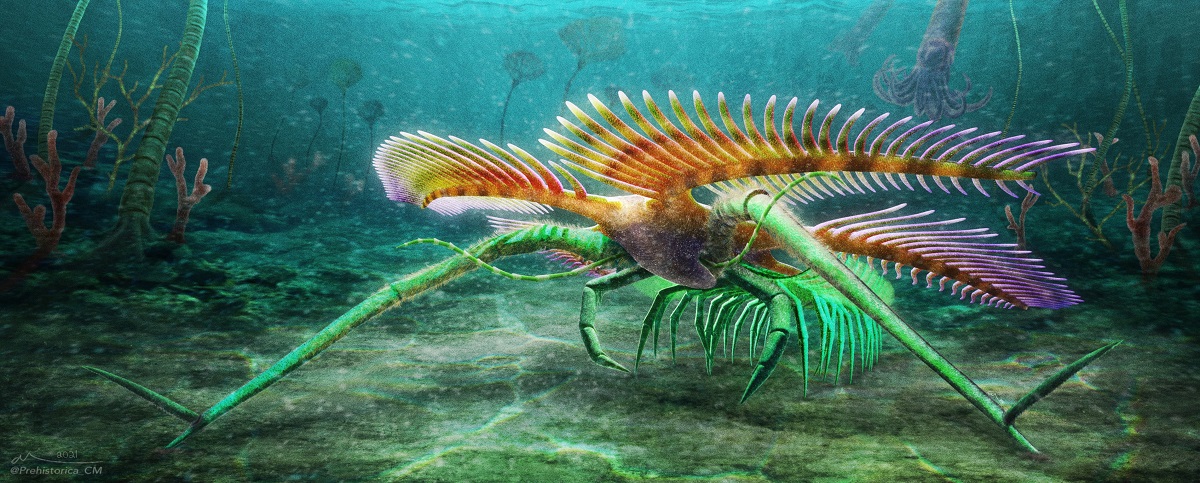
Alejandro Izquierdo-López, a PhD candidate in the Department of Ecology & Evolutionary Biology is helping reveal what life was like some 500 million years ago, during the Cambrian and Ordovician periods. The fossils Izquierdo-López and his colleagues are discovering paint a picture of an alien world.
A&S researchers help reveal a galaxy sparkling with the universe’s oldest star clusters
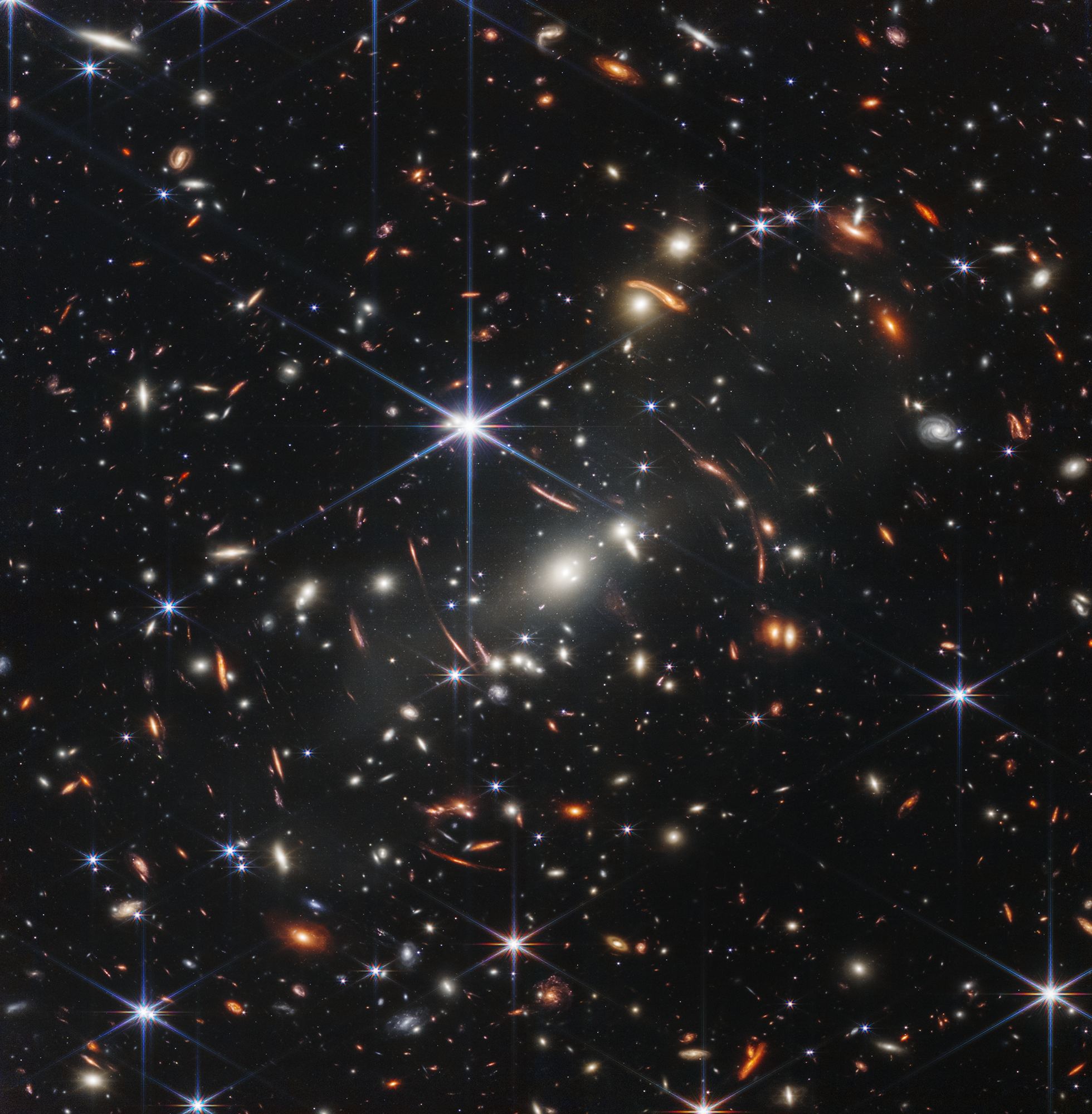
Using the James Webb Space Telescope, a team including U of T astronomers have identified the most distant globular clusters ever discovered. These dense groups of millions of stars may be relics that contain the first and oldest stars in the universe.
Technology that shaped Black life in New York almost 200 years ago ‘just the tip of the iceberg,’ says U of T historian
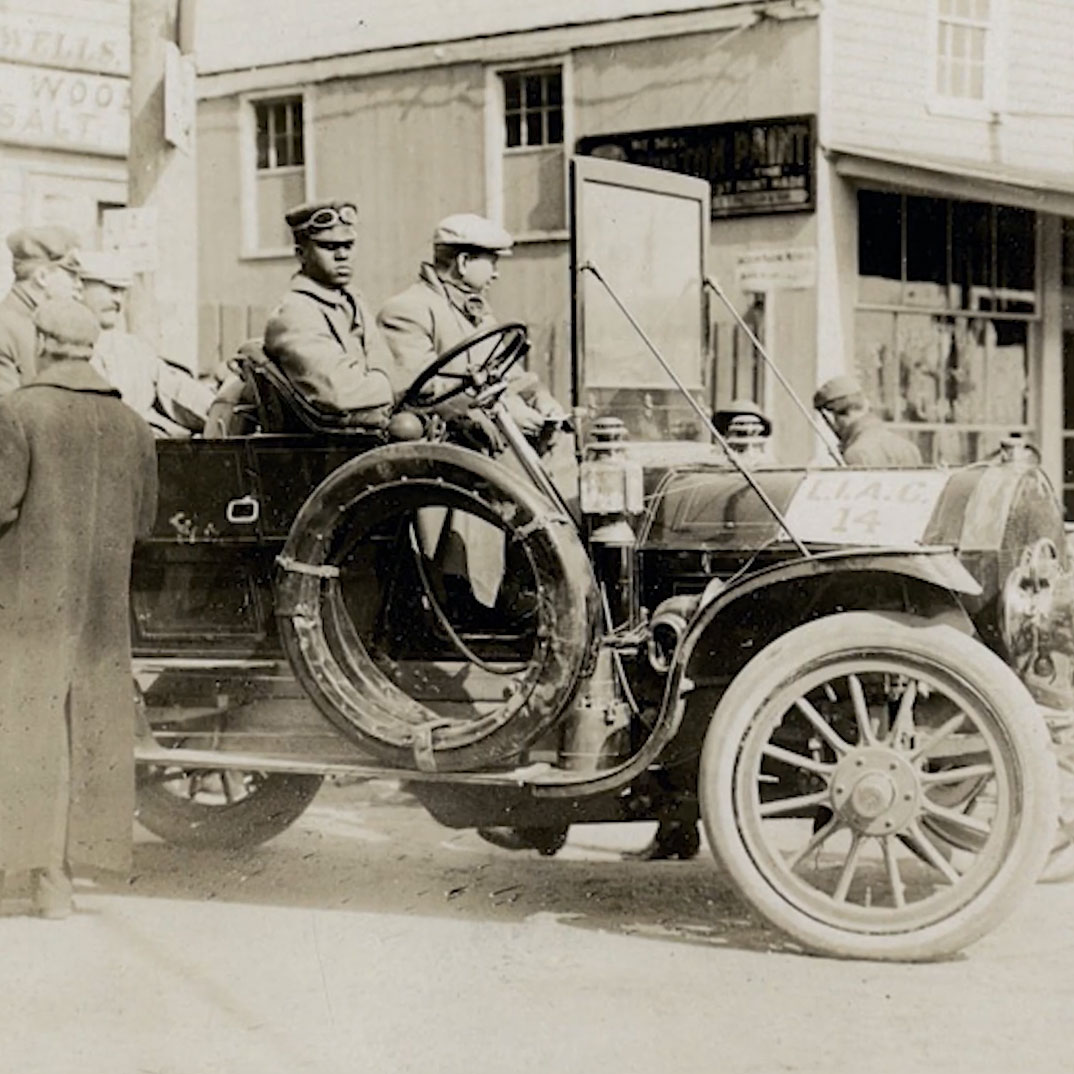
New research offered rare insight into the unwritten and intertwined histories of technology and the Black experience in New York City over the last 200 years. Led by Edward Jones-Imhotep, ‘Black steam, Blacktop and Black light’ will explore how the technologies of steam, combustion engines and electricity played a role in the lives and identities of Black New Yorkers between the 19th and early 20th centuries.
Students return to the field for the 2022 Research Excursion Program
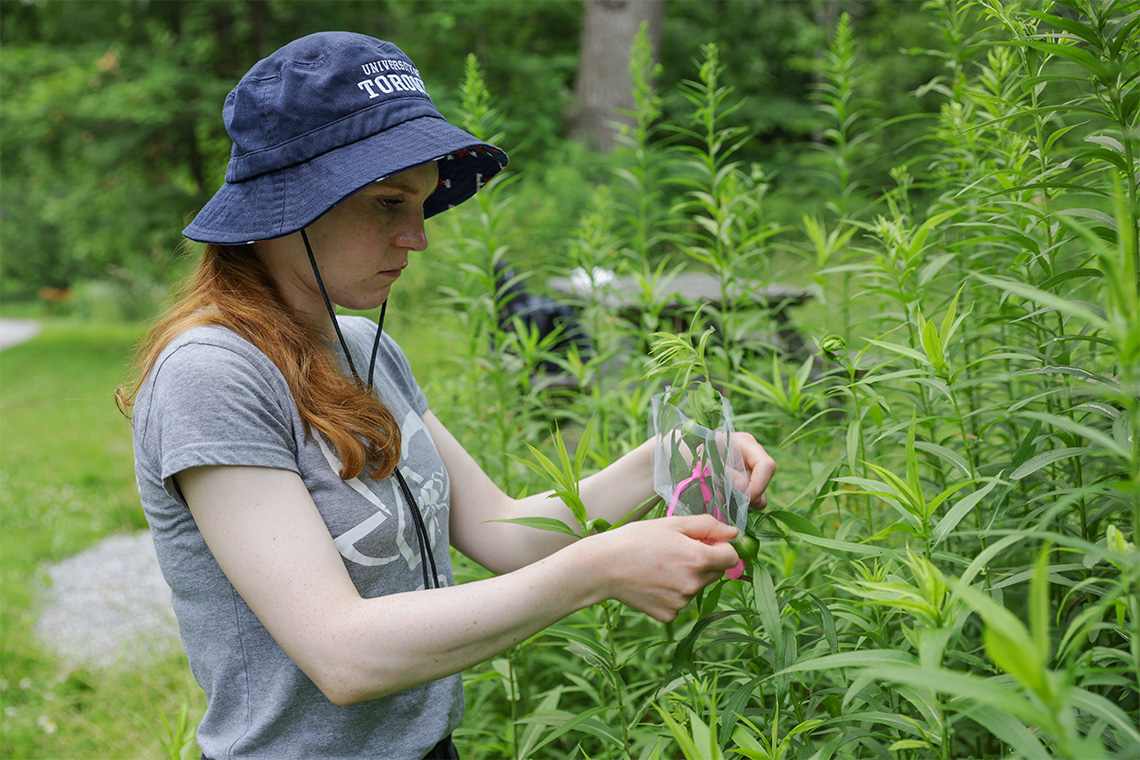
When pandemic restrictions eased in 2022, students returned to the classroom and experiential learning opportunities like the Research Excursion Program. For their program, undergrads Lily Peters and Abigail Wagner spent the summer at U of T’s Koffler Scientific Reserve conducting genetic research into the parasitic Goldenrod Gall fly and the common Goldenrod plant.
Up a creek without a paddle? Try gunwale bobbing: U of T study
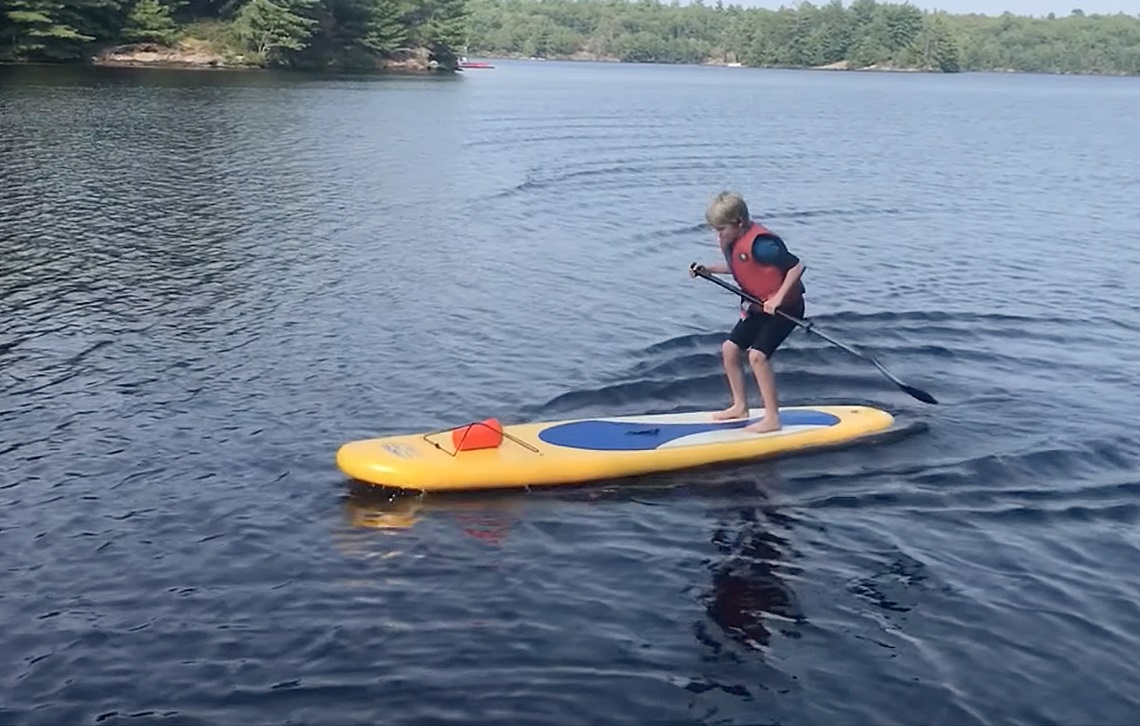
A team including researchers from the University of Toronto have explained the physics behind gunwale bobbing. They demonstrated how you can propel a canoe forward — without a paddle — by bobbing up and down on its gunwales.
Turning trains into gigatonne-scale carbon capture systems

A partnership between U of T researchers and CO2Rail is proposing direct air capture rail cars added to regular freight and passenger trains that would extract CO2 from the atmosphere. Rail-based direct air carbon capture could be a near carbon-neutral system, they say, capable of harvesting 2.9 gigatonnes of C02 by 2050.
U of T researchers are studying an ecological time capsule from Toronto Port Lands excavation site
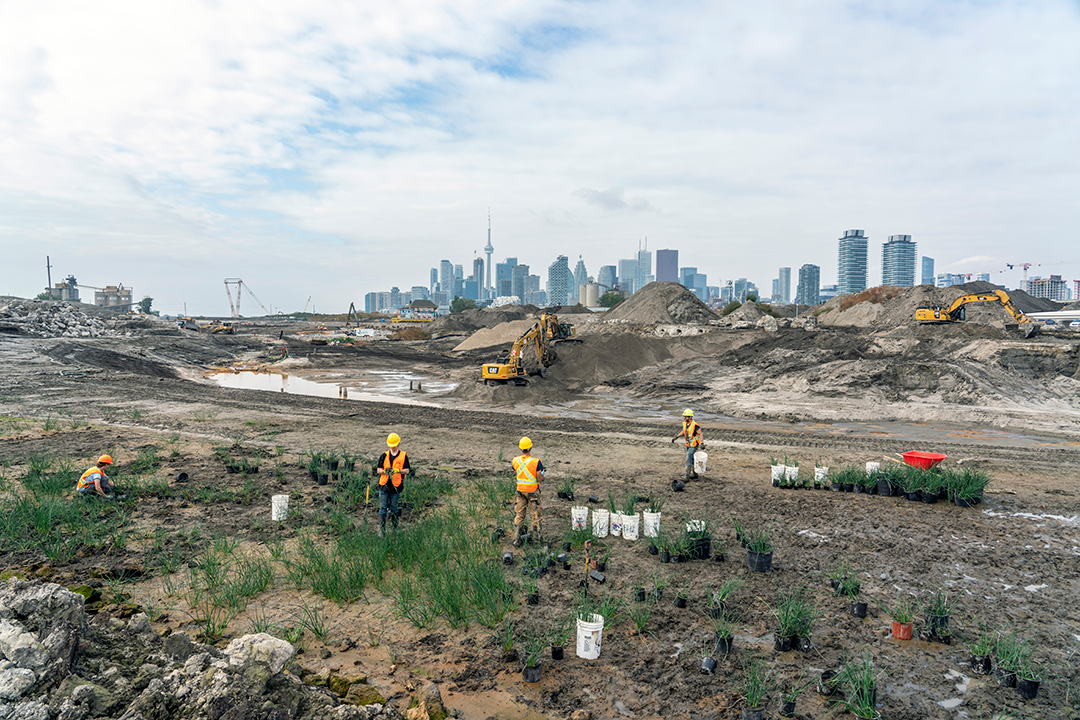
In a Port Lands construction site at the mouth of the Don River, cattail and bulrush plants were discovered growing in ground that had been buried for a hundred years. The plants had sprouted from century-old seeds and in 2022, a team of U of T researchers began studying the seeds and soil removed from the site for a better understanding of the natural habitat that once thrived there.
Artificial intelligence-powered archaeology draws out hidden evidence of fire use by early humans
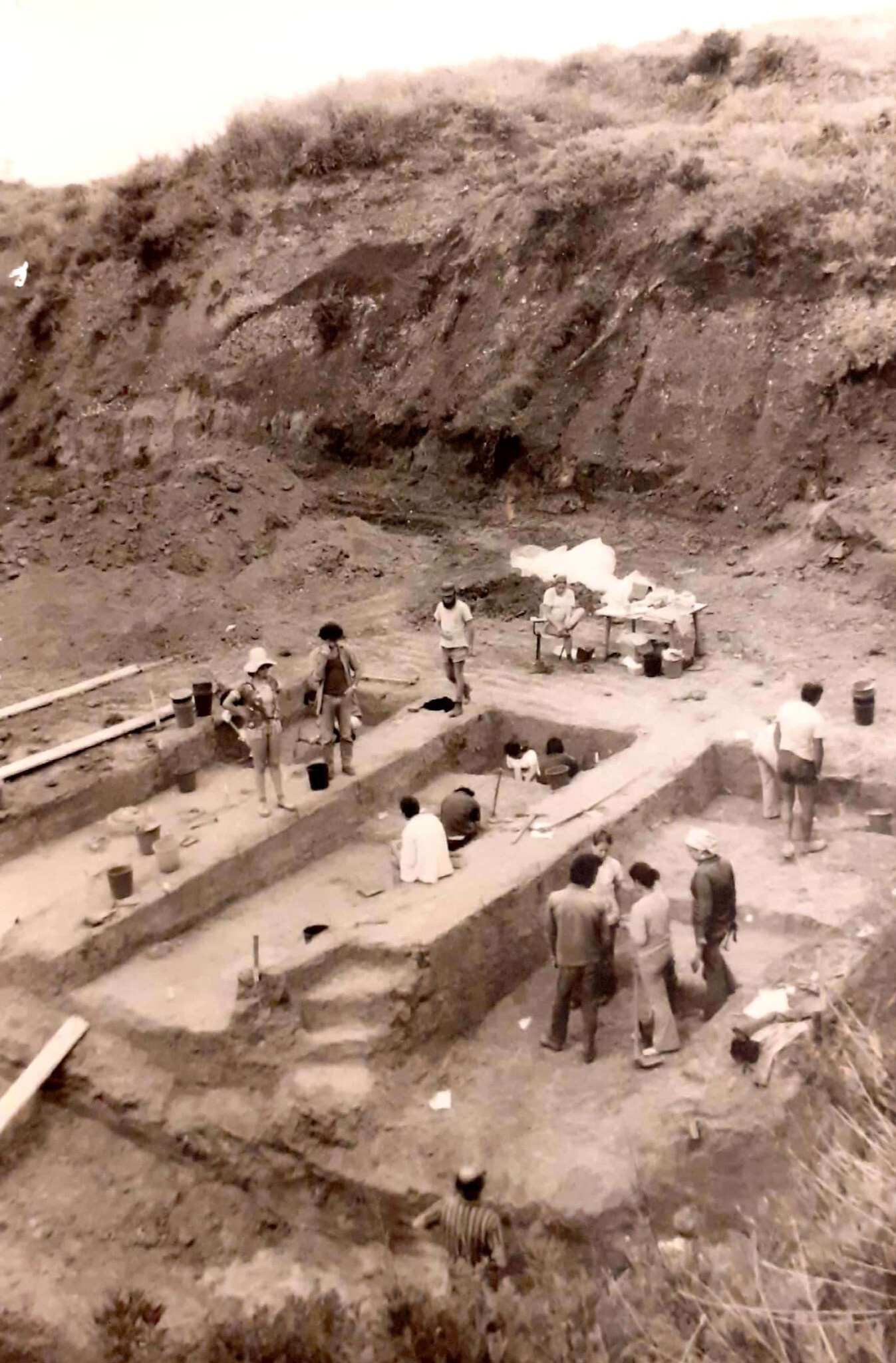
Using artificial intelligence techniques, a team that included researchers from U of T identified new evidence of the use of fire by ancient humans at least 800,000 years ago at a site in western Israel. The discovery suggests only the sixth location worldwide with evidence of fire more than half a million years old.

